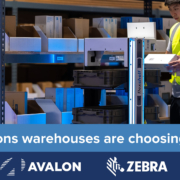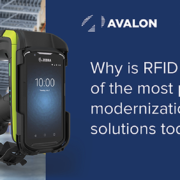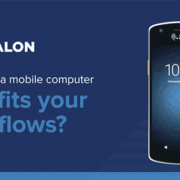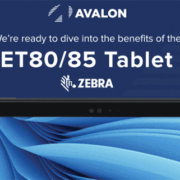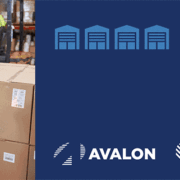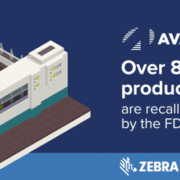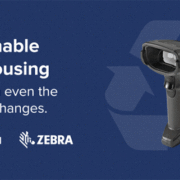Zebra’s newest wearable computer has gained much attention for being the world’s smallest wrist-mounted computer. Lightweight and fully ergonomic, the device replicates many functions currently conducted by larger handheld computers, yet it brings unique benefits to specific applications. To best harness its features, businesses seeking to implement the WS50 should consider its top use cases. Developed to simplify data capture and sharing, the WS50 has seen the most proficiency in:
- Retail markdowns – Shifts in demands can cause rapid price changes over shorter periods of time. Team members equipped with unbreakable data accessibility through wearable devices can quickly scan and verify inventory information without extra bulky devices or paper stock counts.
- Task management – Operating with smaller workforces under constant labor turnover, warehouse teams require real-time task management that can prioritize in-need operations in real-time based on current workforce size. The WS50’s flexible connectivity features allows teams to update task assignments on the go for less unbroken productivity.
- Warehouse order fulfillment – Encompassing over 50% of labor efforts, order fulfillment is the foundation of successful distribution. With customers demanding consistent accuracy rates within smaller delivery timeframes, automated picking, sorting, and loading hastens the fulfillment process while increasing throughput without overburdening your workforce. Mobile computing also curbs unnecessary travel since workers no longer need to check in with a centralized desktop to update reports.
- Accuracy verification – Lastly, whether in the warehouse, in a storefront, or even in non-traditional settings such as food service and hospitality, the WS50’s intelligent scan engine provides higher accuracy rates by verifying product data without paper-based systems.
How is this different from a traditional handheld computer?
While the WS50 shares many similarities with leading mobile devices, its small size and wearable capabilities increase responsiveness since workers can be expected to be wearing their devices. Wearable technologies have consistently shown to be easier to adopt since they leverage natural human movement, ultimately empowering teams to…
- Cut down device management costs since the device already fulfills the role of a ring scanner
- Further connect teams through embedded push-to-talk features on a wearable band
- Customize mounting and applications to create a tailored wearable solution that’s easy to grasp by new hires.
The road to effective modernization can take many forms. While a hardware upgrade can be essential, sustainable efficiency is developed with tested expertise and solution support. To translate the benefits of the WS50 into your workflows, consider meeting up with one of our automation experts to pinpoint bottlenecks and optimization opportunities in your workflows.


